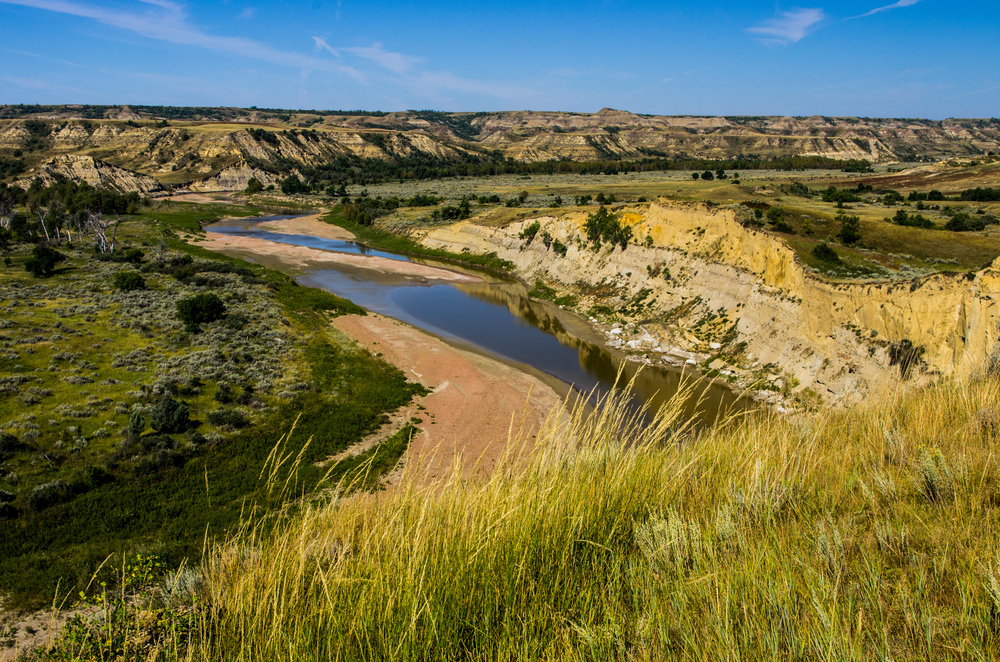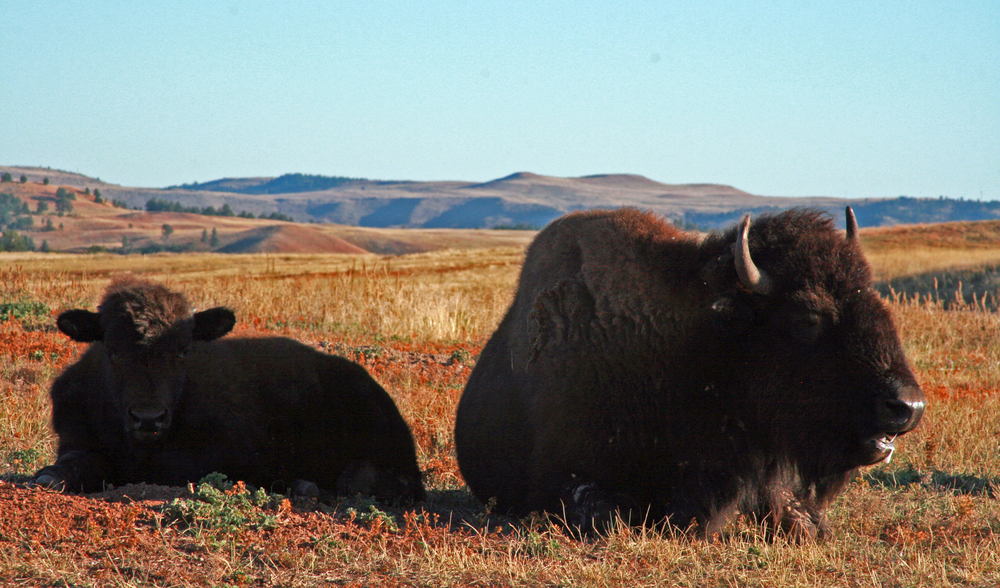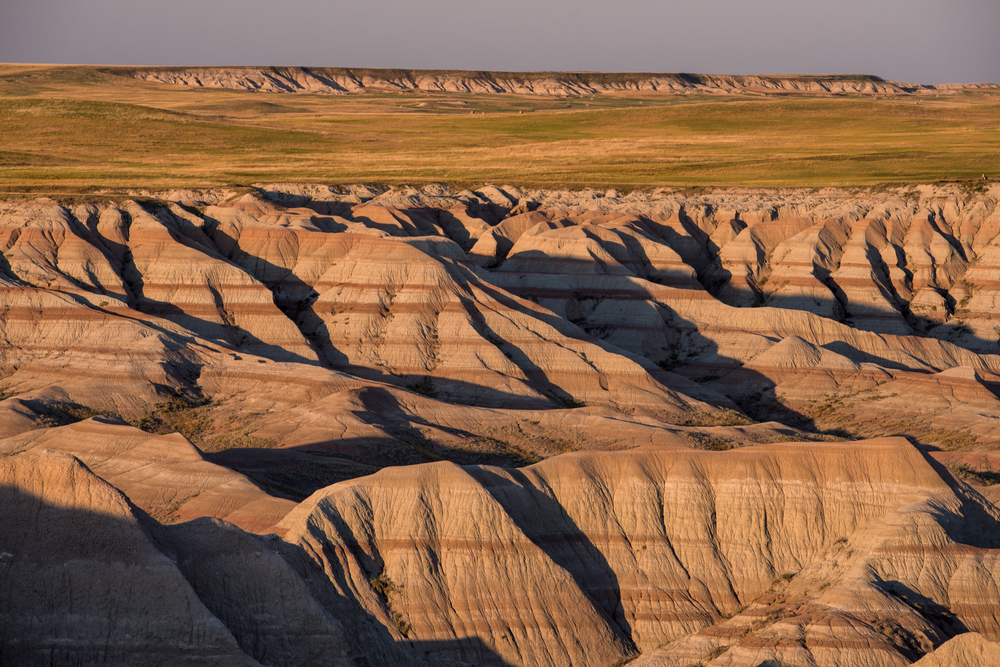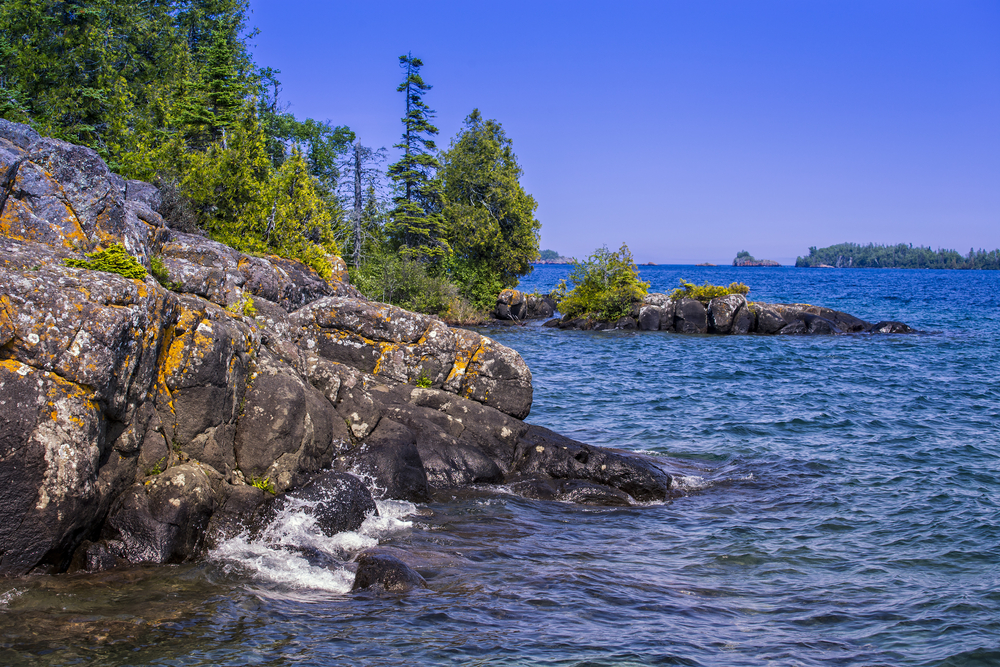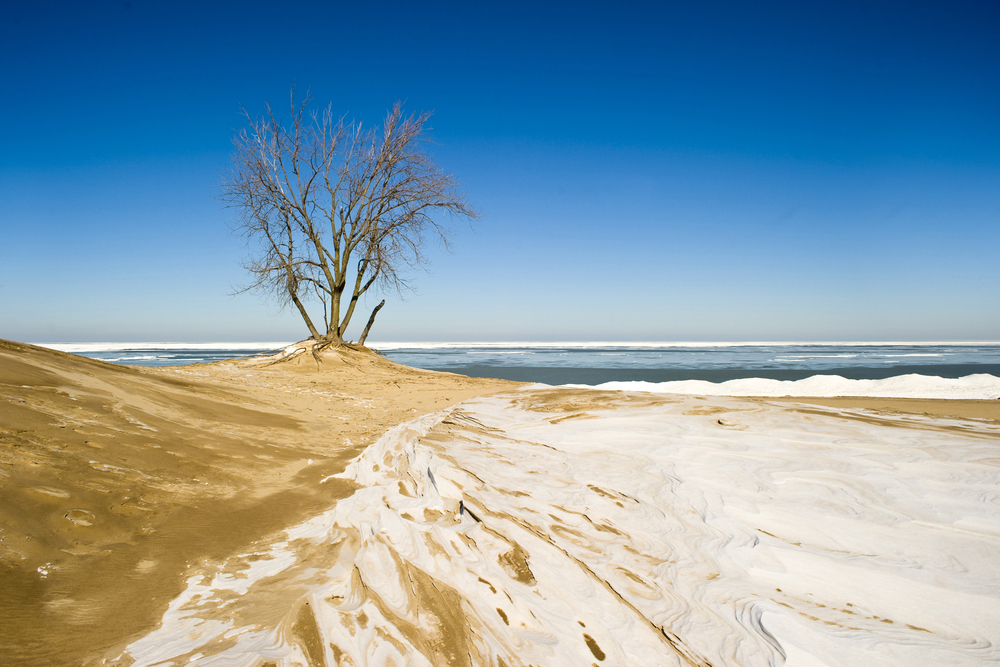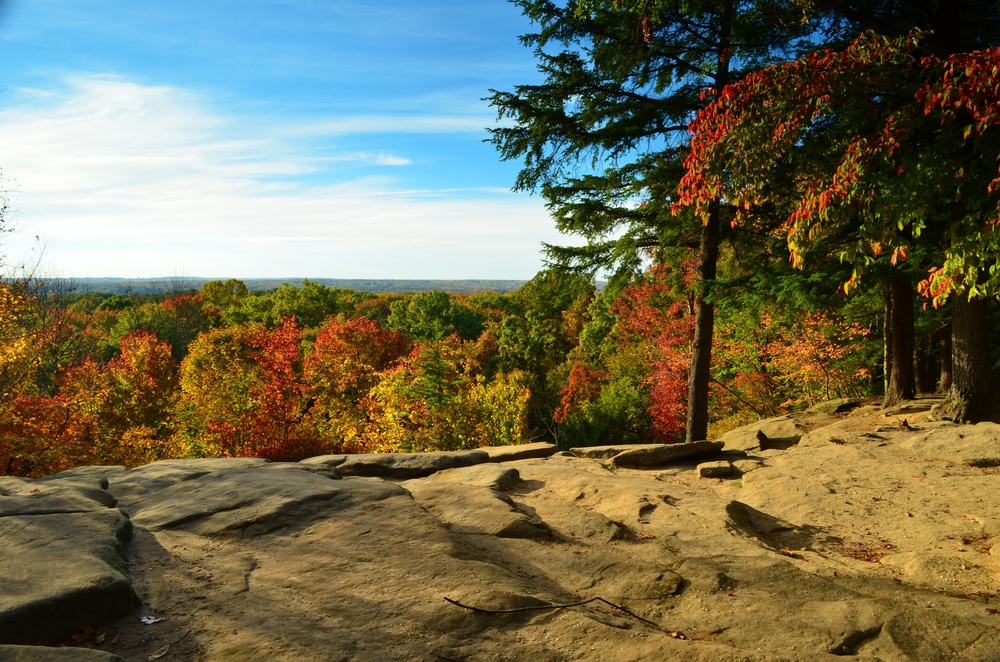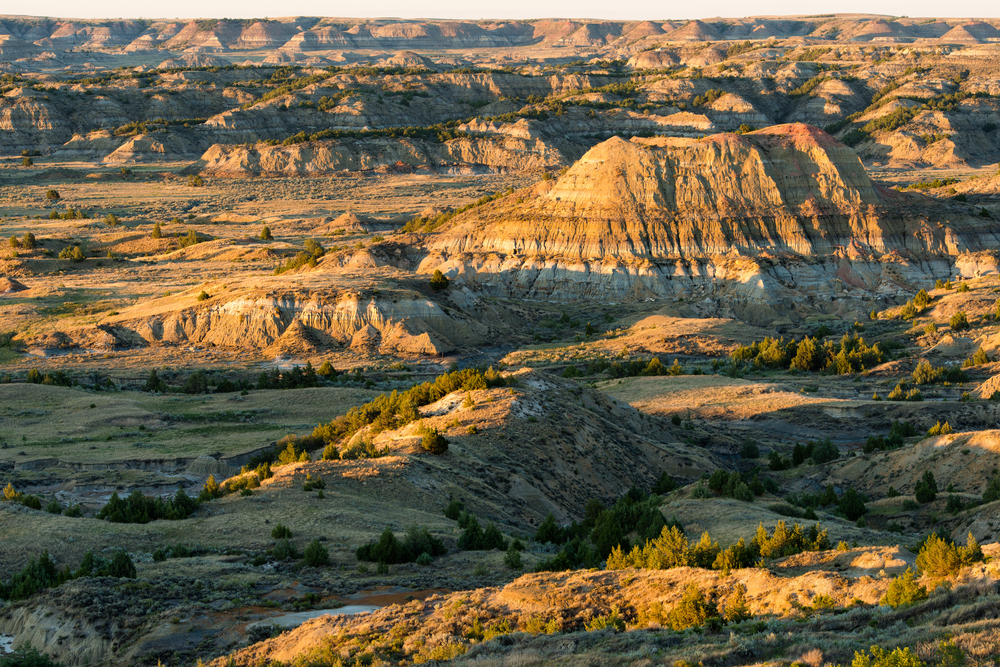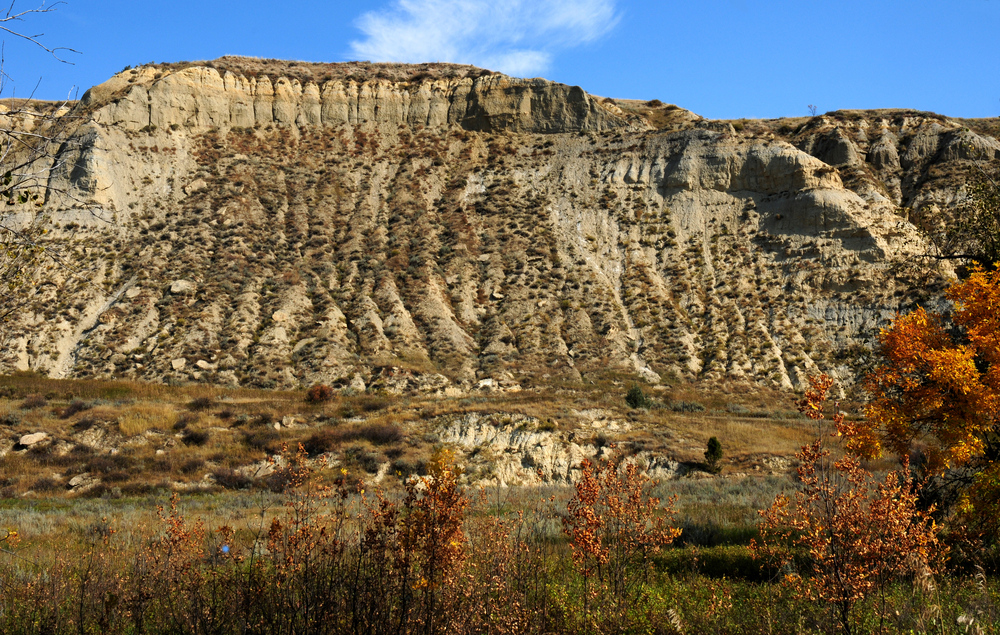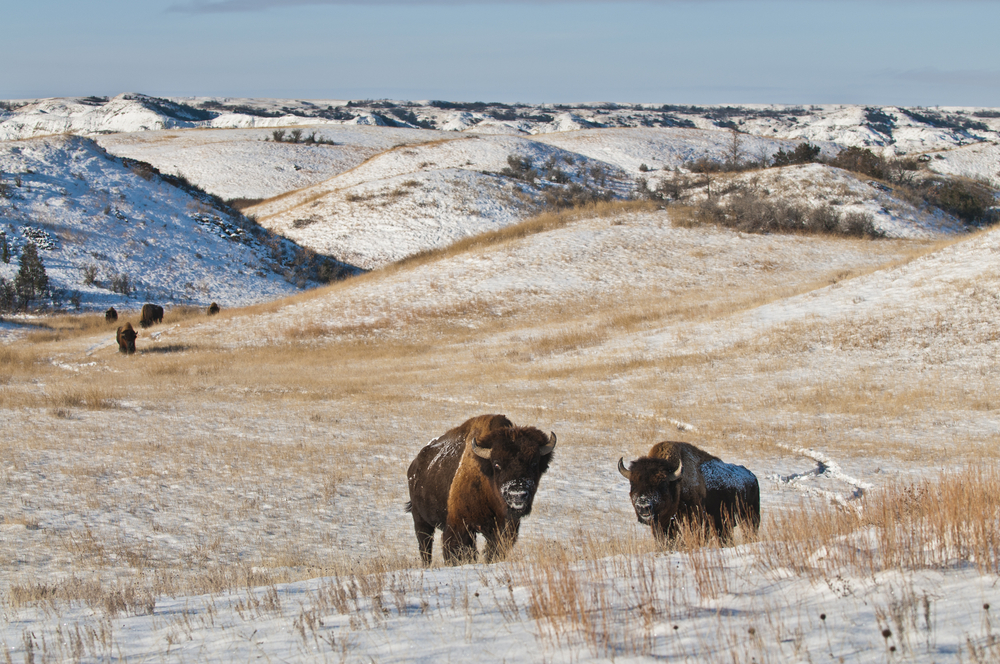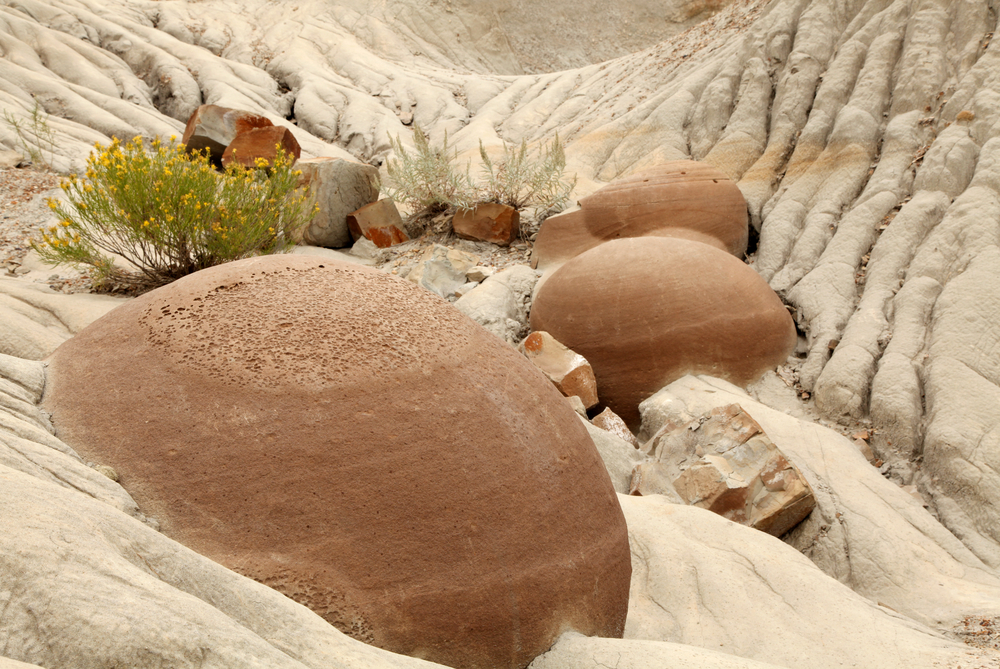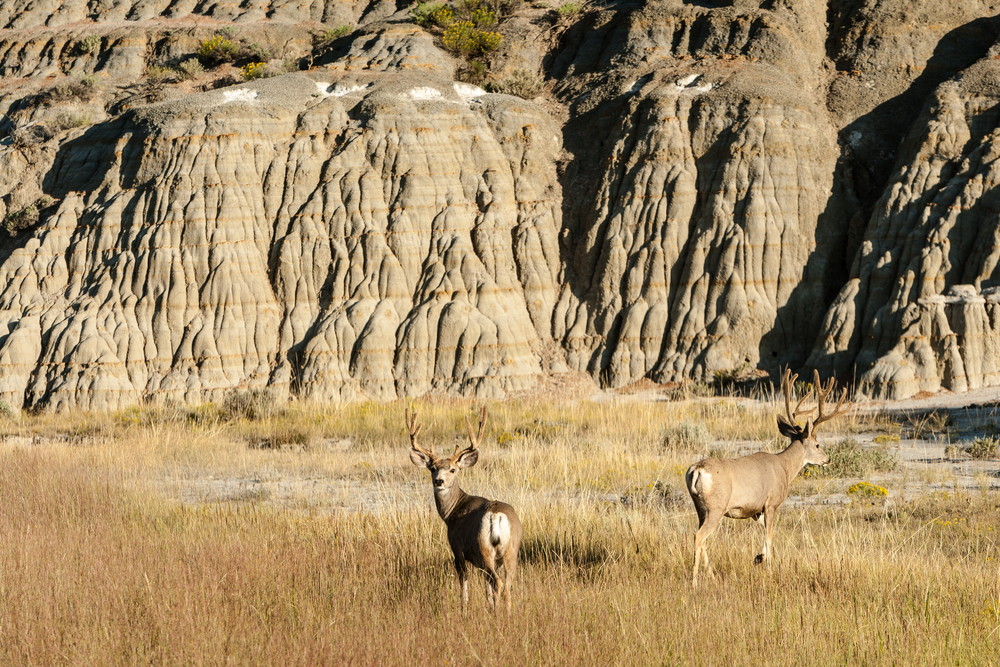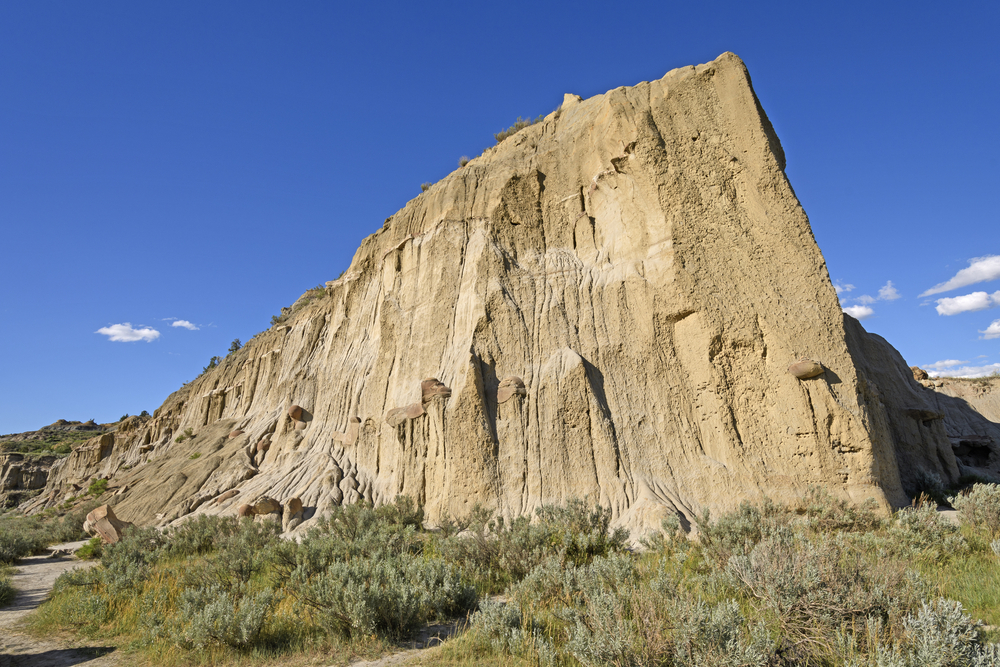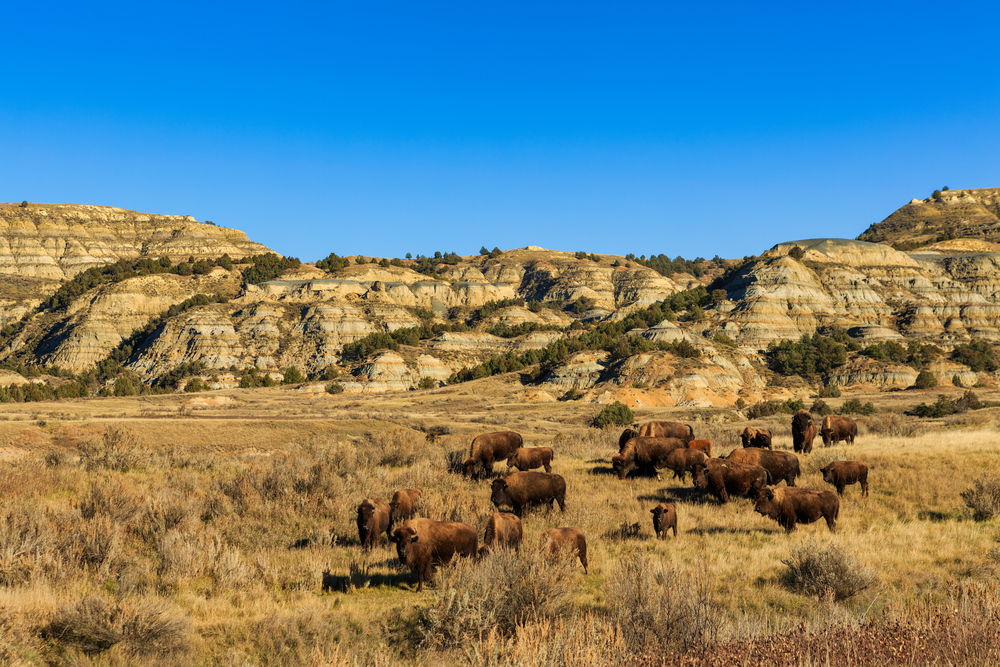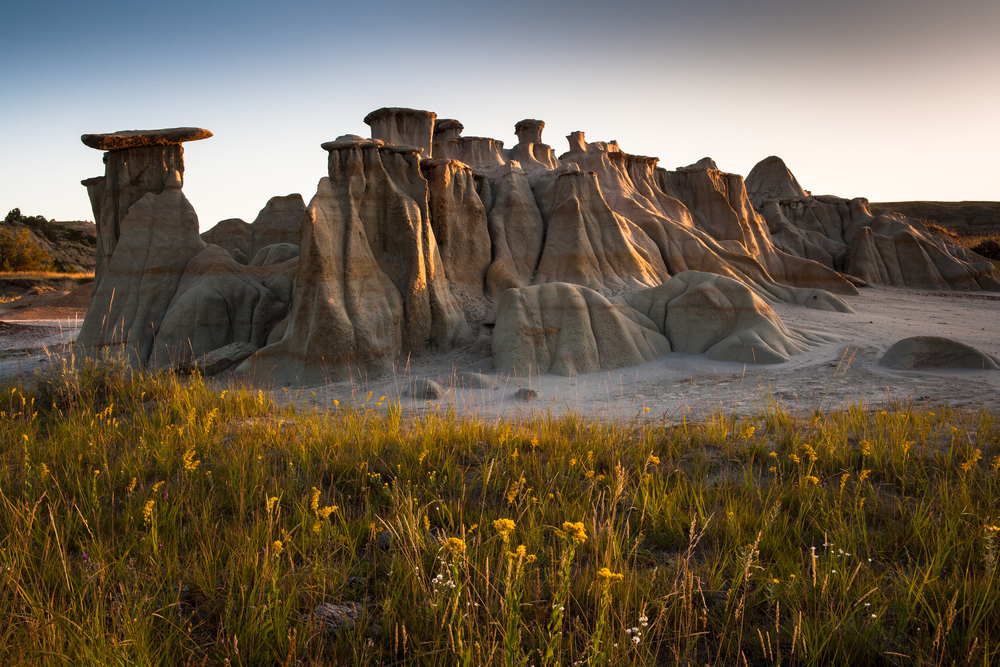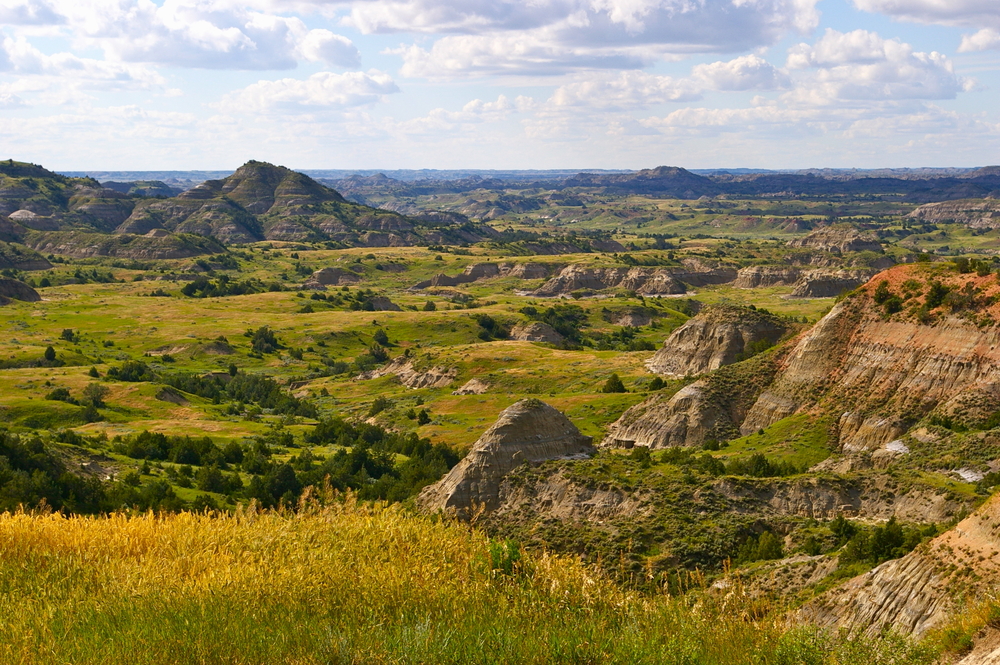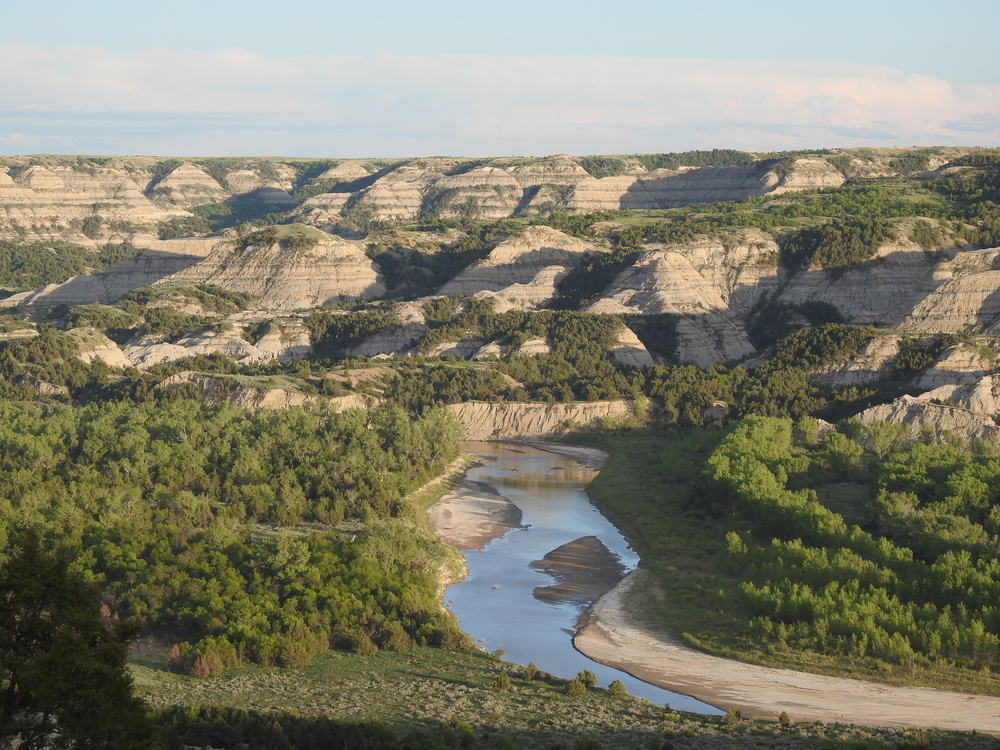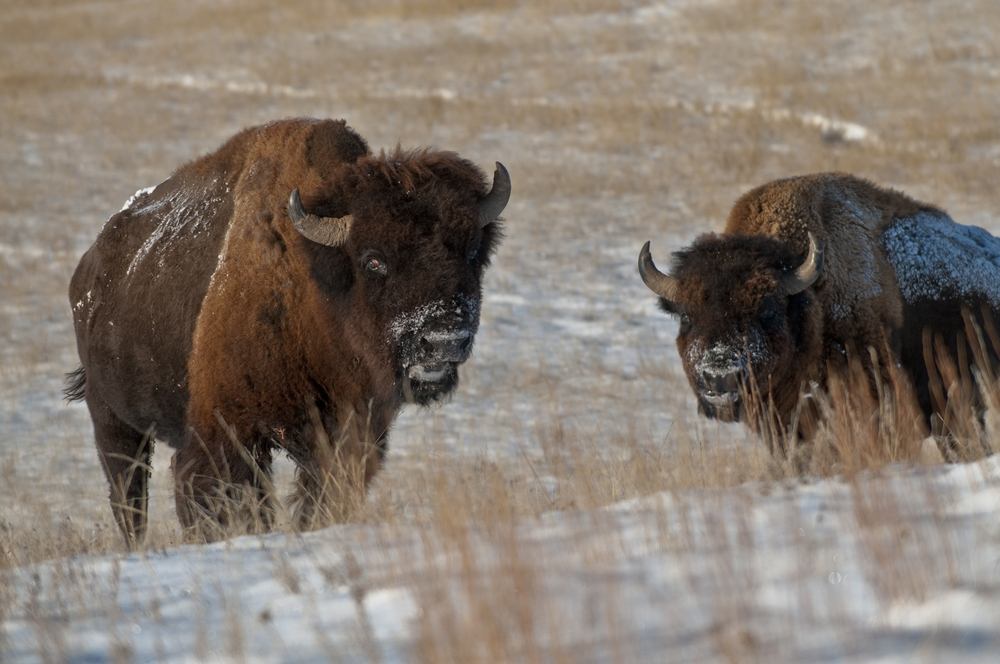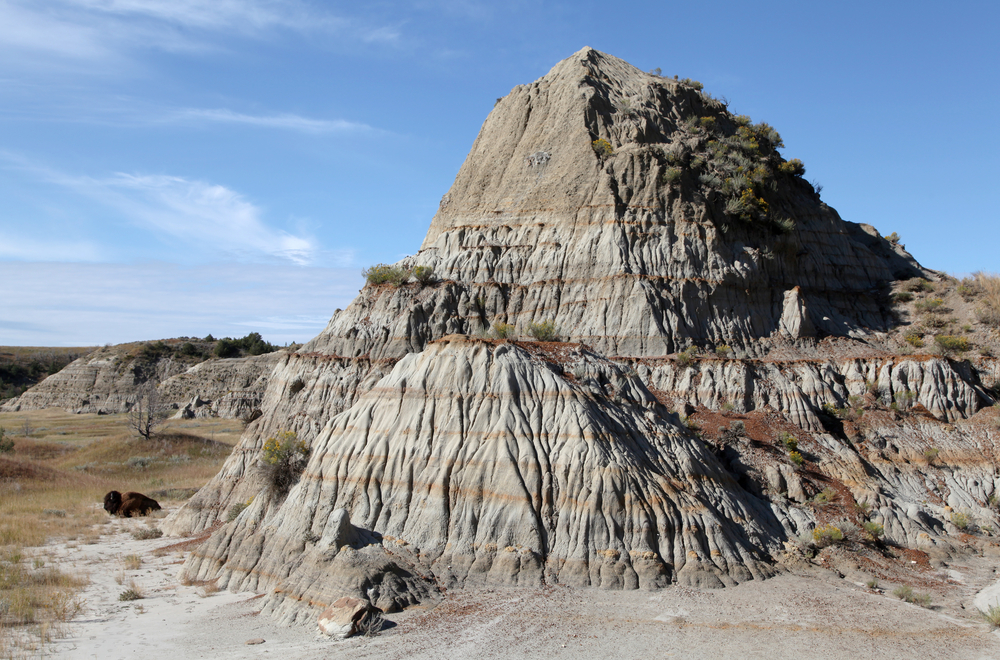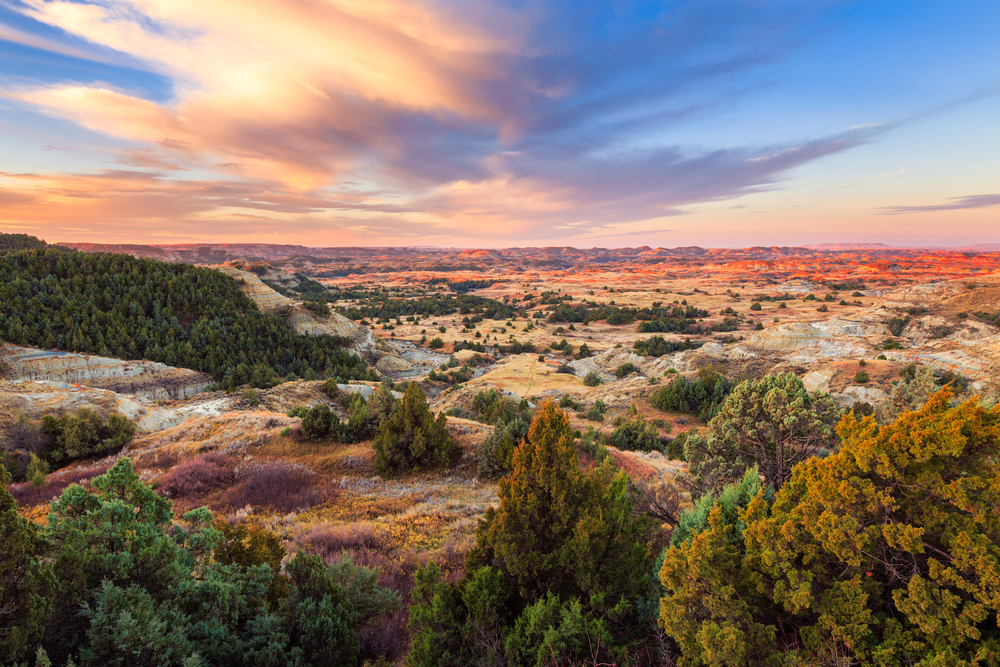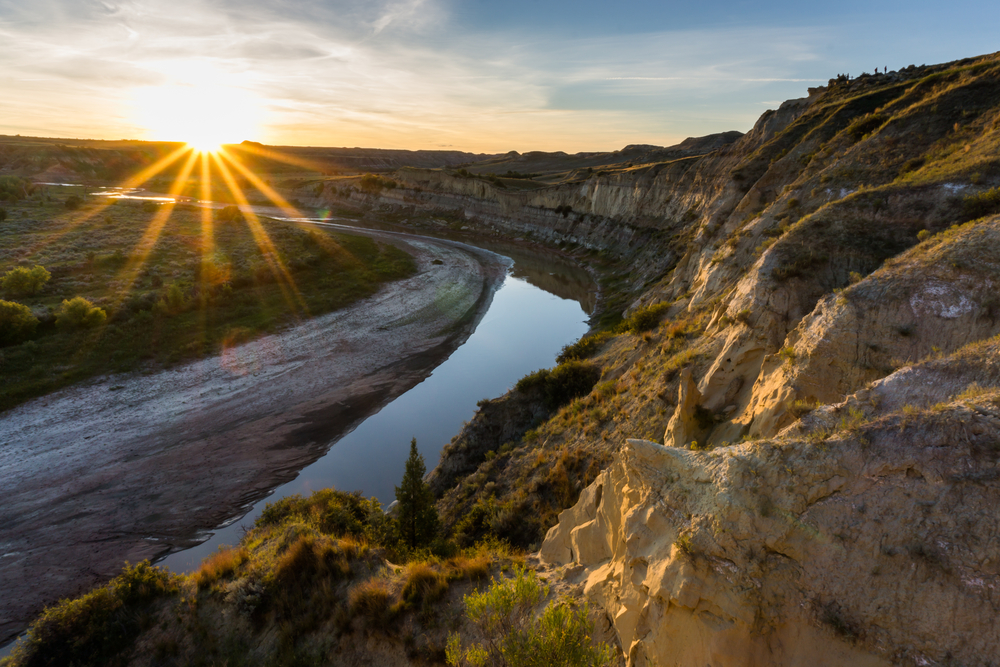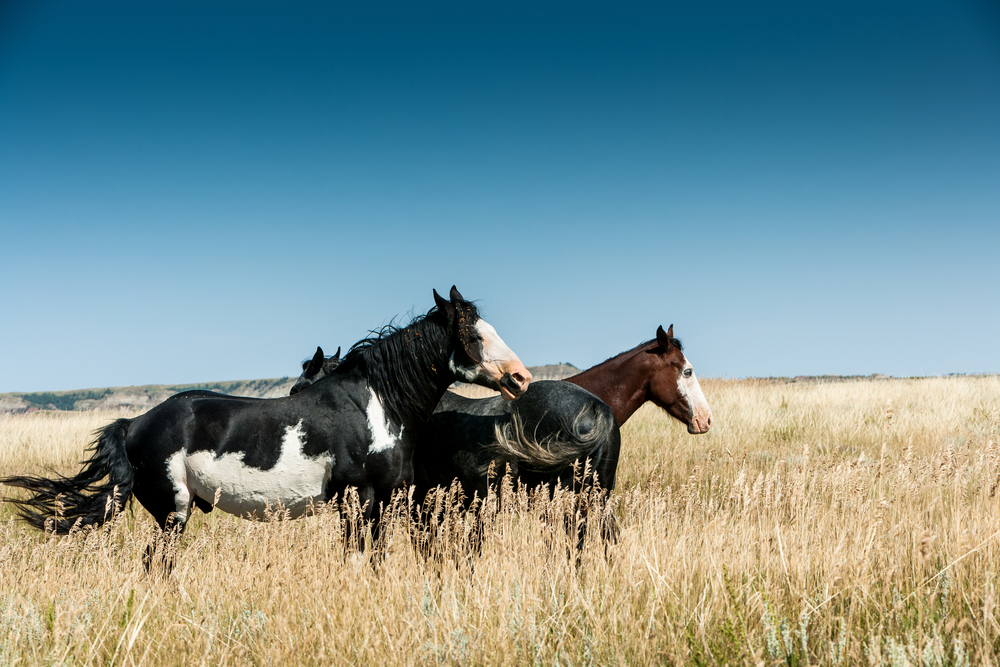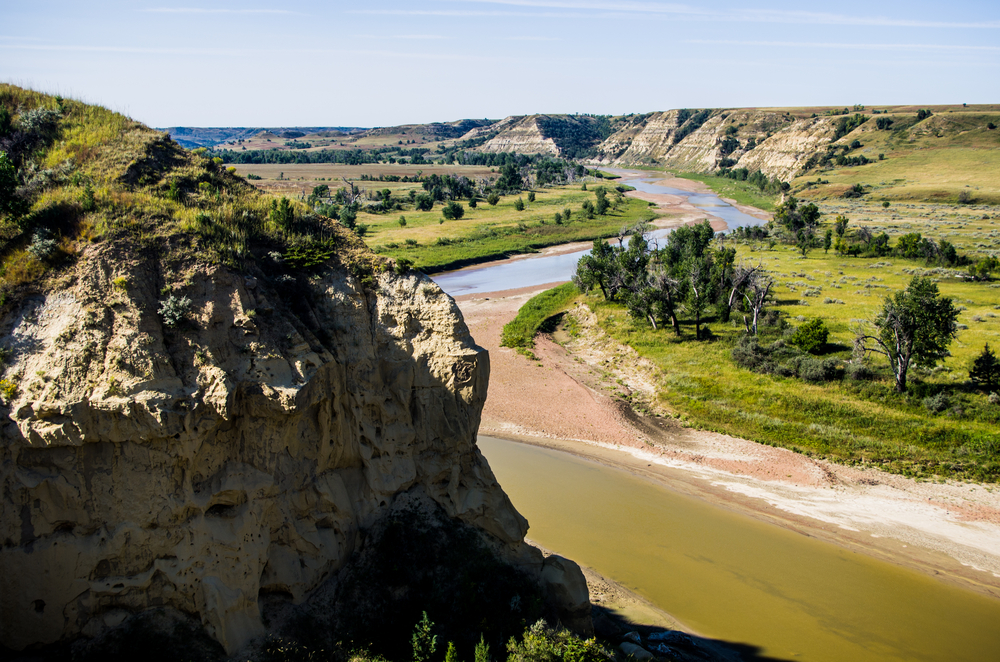Theodore Roosevelt National Park, located in North Dakota, is known for its rugged badlands, scenic vistas, and abundant wildlife. Named after the 26th President of the United States, who had a deep appreciation for the natural world, the park preserves the rugged landscape that Roosevelt once explored and found solace in.
One of the main attractions of the park is its stunning badlands scenery, characterized by colorful rock formations, dramatic cliffs, and sweeping prairie vistas. Visitors can explore the park’s scenic drives, hiking trails, and overlooks to take in the breathtaking views of the rugged terrain.
In addition to its scenic beauty, Theodore Roosevelt National Park is renowned for its wildlife viewing opportunities. The park is home to a variety of species, including bison, elk, deer, prairie dogs, and numerous bird species. Wildlife enthusiasts can spot these animals roaming freely in their natural habitat throughout the park.
Overall, Theodore Roosevelt National Park offers visitors a chance to experience the beauty and tranquility of the North Dakota badlands while learning about the legacy of one of America’s most influential conservationists.








































































